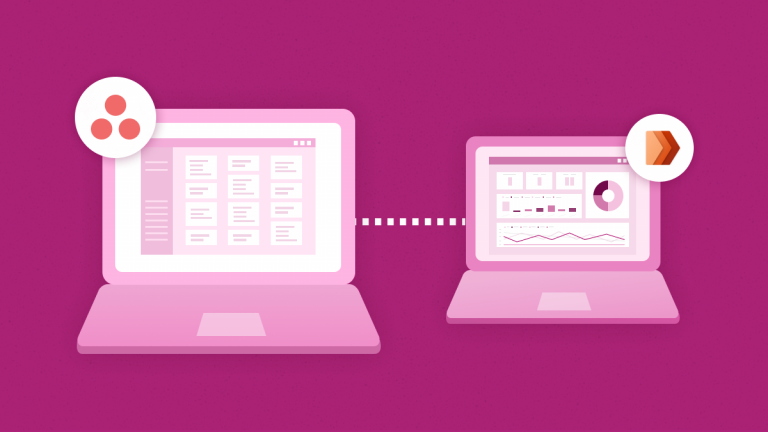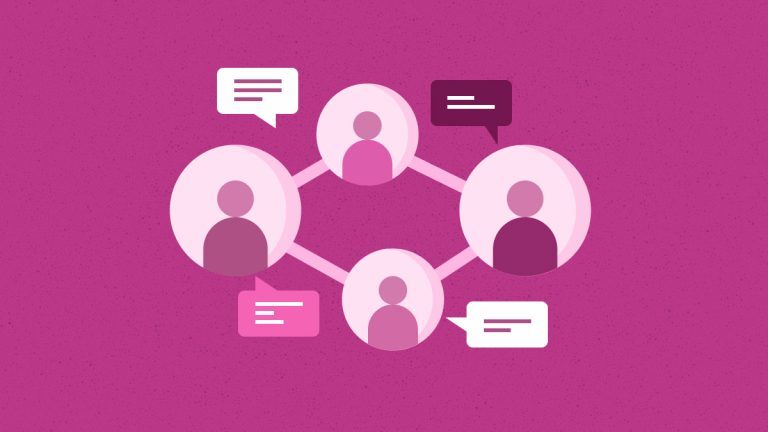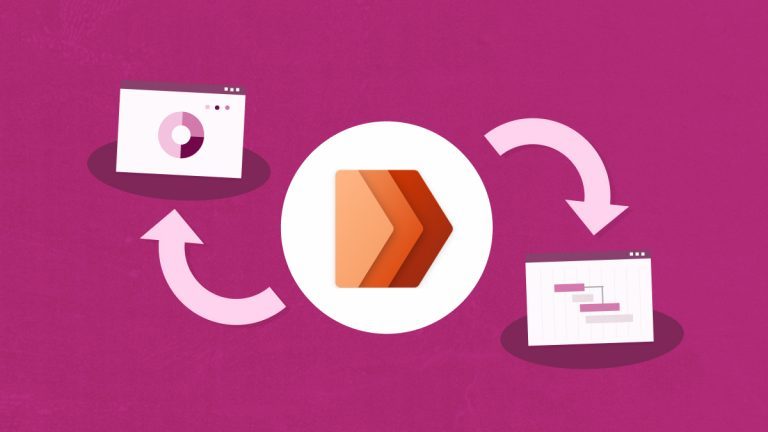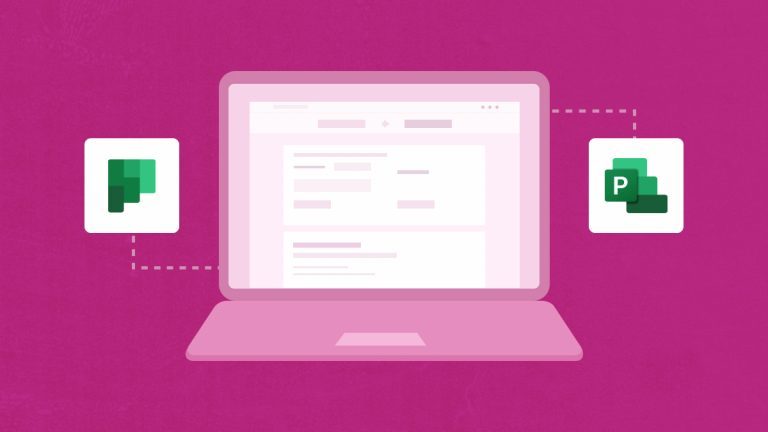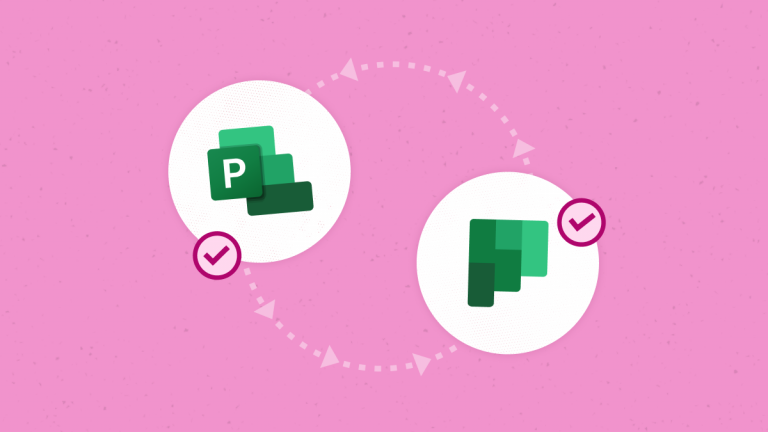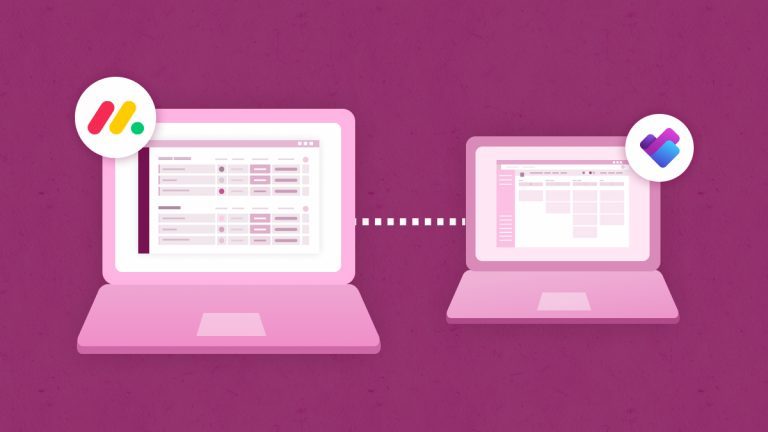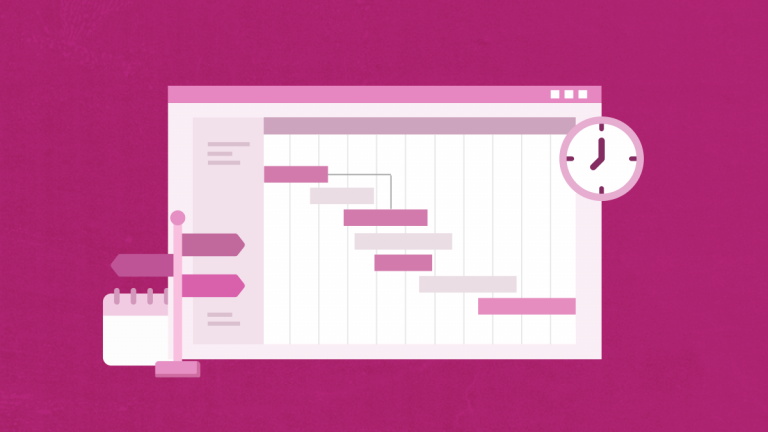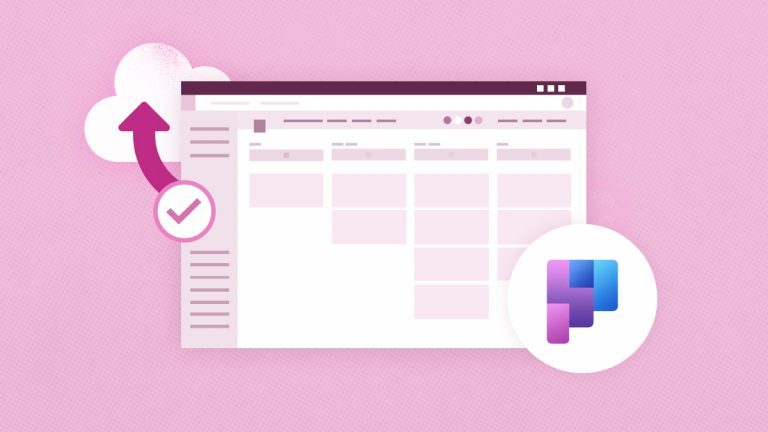
Elena Humeniuk
PPM Consultant
To remain competitive, companies must be updated on emerging business innovation trends. The same is true for project managers choosing the appropriate software for project management. For versatile performance, outdated tools and technologies must be replaced with new ones. Large and expanding project portfolio organizations frequently need to migrate from one platform (like Asana) to a new platform (like MS Dynamics Project Operations). Certain businesses might require such migrations before or after an acquisition or merger. As a result, businesses that were previously utilizing Asana and are now willing to switch to a new platform, like Microsoft Dynamics Project Operations, are eager to find the best Asana migration guide. This guide contains helpful information about how to move complete projects, selected tasks, and workspaces automatically.
Migration Challenges
Asana is an excellent platform for project management. Project teams can benefit from rewarding features for work cooperation within a team (or if required within multiple teams), enabling faster progress and less effort for daily tasks and large projects. For a few key reasons, many organizations migrate to Dynamics 365 Project Operations, a great Microsoft alternative to Asana.
Project Operations Dynamics 365 helps project managers achieve scalable performance when managing big, complicated project initiatives with distributed teams. The problematic part is seamlessly transferring data between systems. Some businesses still use manual migration, but it’s becoming more and more evident that this is an expensive and ineffective solution:
- When data is manually migrated, it is susceptible to human error and can potentially be lost.
- The procedure is frequently sped up by hiring more workers, which would be beneficial as project delays are expected.
- Additional issues arise with stakeholders and clients because of the increased time and costs.
- Manual migration takes time and can potentially delay projects.
- Manual migration is more expensive, takes longer, and yields a worse return on investment.
- It provides ample opportunity for errors to occur.
- Project managers must work more and need help visualizing changes, status updates, and real-time monitoring.
- When manually moving data, companies risk losing or damaging data.
Due to the above significant challenges, you should adopt automated Asana migration to Dynamics Project Operations to move data and get around these problems.
Using Project Migrator for successful Asana migration
Project Migrator is a tool designed to handle the process of migrating data to Dynamics 365 Project Operations automatically. The tool helps you automate the migration, significantly reducing the risk of data loss. This enables you to address the challenges that are related to manual migration. It features a robust migration wizard to address various concerns when transferring data from Asana to Dynamics Project Operations.
With its cloud-based technology, Project Migrator gives IT administrators the ability to choose which vital data to move. It also offers a risk-free utility of automatic migration with an integrated data-mapping interface so you can decide where your data is placed in the target system. Project Migrator is one of the few tools that helps automate migrating project management tasks from Asana to Dynamics 365 Project Operations. The below steps provide a high-level overview of how automated migration can be achieved easily using Project Migrator:
- First, connect the source (Asana) and target (Dynamics Project Operations) systems.
- Next, choose which source data to migrate by clicking the Link button once the source and target systems have been added.
- For object mapping, you can use a user-friendly, built-in data mapping interface, where you can review and edit what data from Asana goes to the Dynamics 365 Project Operations.
- After performing all the above steps, you can initiate the migration.
Benefits
Project Migrator provides the following advantages to ensure that businesses get the most value possible:
- Complete automation, which eliminates manual work and saves time.
- No possibility of human error.
- Data security: Project Migrator runs on Microsoft Azure, a secure platform.
- Complete flexibility because the platform lets you migrate Asana to Dynamics 365 Project Operations without the need for human intervention.
- Project Migrator’s data-mapping technique considerably lowers the uncertainty surrounding the Asana migration.
- As Project Migrator is wholly automated, extra fields can be left out of the migration process, which lowers project workloads and makes project managers’ jobs easier.
Request a trial
to see how Project Migrator works


